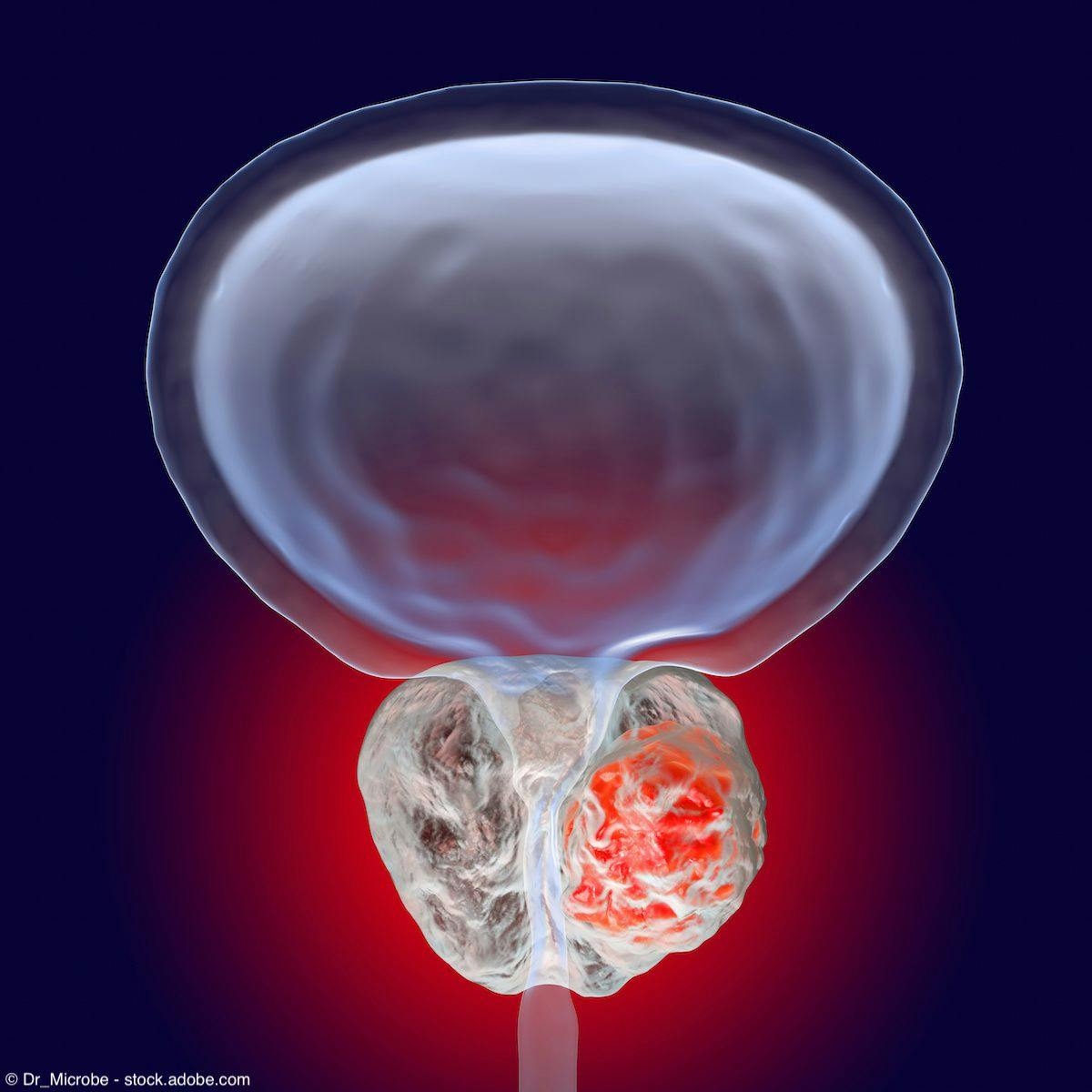News
Article
Urology Times Journal
Stockholm3 shows benefit in detecting prostate cancer across ethnicities
Author(s):
Key Takeaways
- Stockholm3 test reduces unnecessary biopsies compared to PSA testing, showing noninferior sensitivity and superior specificity across ethnic groups.
- The SEPTA trial included 2129 patients, demonstrating Stockholm3's consistent performance in detecting significant prostate cancer across diverse ethnicities.
Data from the study showed that 45% of biopsies with benign results or low-grade cancers could be reduced overall by using Stockholm3 compared with PSA.
The multiparametric blood test Stockholm3 demonstrated the ability to reduce unnecessary biopsies compared with an abnormal prostate-specific antigen (PSA) score (≥4 ng/mL) across a multiethnic cohort of patients, according to data from the observational SEPTA trial (NCT04583072).1
"We expect to see further evaluation of Stockholm3 in the US primary care setting to evaluate this benefit," says Hari T. Vigneswaran, MD.

The data were published in the Journal of Clinical Oncology.
"Stockholm3 has an abundance of evidence in Europe, particularly in Scandinavia,” explained lead author Hari T. Vigneswaran, MD, of Karolinska Institutet in Stockholm, Sweden, in correspondence with Urology Times®. “A key achievement of the SEPTA trial is demonstration of equivalent performance in Asian, Black, and Hispanic men compared to White men, proving generalizability across ethnicities. The results from SEPTA suggest that the evidence generated from Scandinavia, particularly in primary care, can also be translated to different ethnicities; basically, we would expect to see similar performance in different ethnicities."
Overall, data from the trial showed that Stockholm3 had a noninferior sensitivity in detecting clinically significant prostate cancer vs a PSA of 4 ng/mL or higher (relative sensitivity, 0.95; 95% CI, 0.92 to 0.99). Additionally, Stockholm3 demonstrated a superior specificity of nearly 3 times that of an abnormal PSA (relative specificity, 2.91; 95% CI, 2.63 to 3.22). The findings of a noninferior sensitivity (0.91-0.98) and a superior specificity (2.51-4.70) were consistent across racial and ethnic subgroups in the study.
Further, findings from the study showed that 45% of biopsies with benign results or low-grade cancers (International Society of Urological Pathology, ISUP 1) could be reduced overall by using Stockholm3 compared with PSA. Across racial and ethnic subgroups, this reduction ranged from 42% to 52%.
In total, the observational, prospective SEPTA study included 2129 patients across 17 sites in the US and Canada. All patients underwent a prostate biopsy between 2008 and 2020. Among all patients, 16% (n = 350) were Asian, 24% (n = 505) were Black or African American, 14% (n = 305) were Hispanic or Latino and White, and 46% (n = 969) were non-Hispanic or non-Latino and White.
Patients were eligible for enrollment in the study if they were between 45 and 75 years of age, had no prior diagnosis or prostate cancer, and presented to a urologist with symptoms leading to the suspicion of prostate cancer and were scheduled to undergo a prostate biopsy.2 Samples were taken prior to biopsy for measurement of the Stockholm3 risk score.
The primary end point for the study was the detection of clinically significant prostate cancer, defined as ISUP grade 2 or higher cancer. The study’s primary aims were to demonstrate the noninferior sensitivity of Stockholm3 in detecting clinically significant prostate cancer vs PSA and to demonstrate the superior specificity of Stockholm3 by reducing biopsies in benign or low-grade cancers.
Vigneswaran concluded in his correspondence with Urology Times, "The SEPTA trial tests Stockholm3 in the urology setting, but Stockholm3 was developed in the primary care setting, where there is more opportunity to detect clinically significant prostate cancer in men with low or normal PSA levels while simultaneously decreasing unnecessary referrals for elevated PSAs. We expect to see further evaluation of Stockholm3 in the US primary care setting to evaluate this benefit."
Reference
1. Vigneswaran HT, Eklund M, Discacciati A, et al. Stockholm3 in a multiethnic cohort for prostate cancer detection (SEPTA): A prospective multicentered trial. J Clin Oncol. 2024:JCO2400152. doi:10.1200/JCO.24.00152
2. Stockholm3 validation study in a multi-ethnic cohort (SEPTA). ClinicalTrials.gov. Last updated September 13, 2023. Accessed August 8, 2024. https://clinicaltrials.gov/study/NCT04583072
























